Amber Alhadeff, PhD, the newest faculty member at the Monell Chemical Senses Center, has been awarded a 2020 Klingenstein-Simons Fellowship Award in Neurosciences, totaling $225,000 over three years.

news, journals and articles from all over the world.

Amber Alhadeff, PhD, the newest faculty member at the Monell Chemical Senses Center, has been awarded a 2020 Klingenstein-Simons Fellowship Award in Neurosciences, totaling $225,000 over three years.
Neuroscientists reveal for the first time how relationships between different odors are encoded in the brain. Findings may explain why individuals have common but highly personalized experiences with smell, and inform efforts to understand how odor chemistry is translated into perception.

DALLAS – July 2, 2020 – Two new studies led by UT Southwestern scientists outline how individual cells maintain their internal clocks, driven both through heritable and random means. These findings, published online May 1 in PNAS and May 27 in eLife, help explain how organisms’ circadian clocks maintain flexibility and could offer insights into aging and cancer.
Article title: Neurotransmitter networks in mouse prefrontal cortex are reconfigured by isoflurane anesthesia Authors: Xiaoying Zhang, Aaron G. Baer, Joshua M. Price, Piet C. Jones, Benjamin J. Garcia, Jonathon Romero, Ashley M. Cliff, Weidong Mi, James B. Brown, Daniel A.…
KINGSTON, R.I. – June 25, 2020 – Doug Sawyer was diagnosed with amyotrophic lateral sclerosis (ALS), also known as Lou Gehrig’s disease, 11 years ago. His only muscles that still function are those that control eye movement.Despite his disability, Sawyer still works as an engineer from his home, designing electronics for Hayward Industries.
Compounds that plants, fungi, bacteria, and animals produce can sometimes help people as well. In fact, many medicines, molecules used in research, and other useful compounds originated in nature. Learn more about recent discoveries in the fascinating field of natural products research.

The brain’s ventral lateral geniculate nucleus (vLGN) receives signals from the eye, but it is not associated with classical image-forming. For decades little was known about this brain region’s cellular structure and purpose. In a new study, Fralin Biomedical Research Institute at VTC neuroscientists reveal newly identified brain cell subtypes unique to this region that form a striking layered formation.
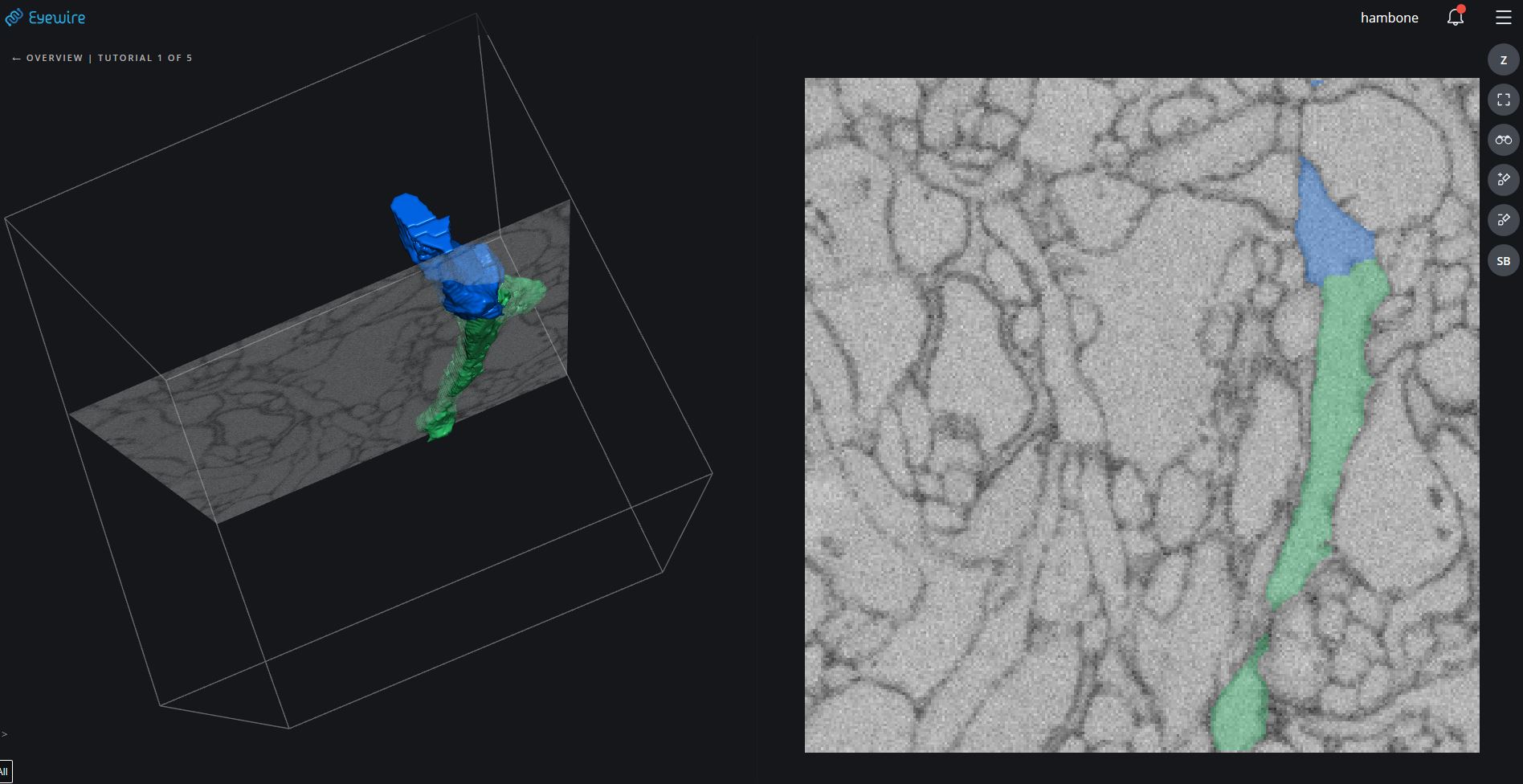
Researchers seeking to unravel the mysteries of how our amazingly complex brains do what they do, often start with the eye. An extension of neural tissue connecting the eye and brain, the retina, the light-sensing tissue at the back of the eye has long been a model for scientists to explore how the brain works.

Psychologists and medical researchers for years have used familiar tunes to study brain disorders such as Alzheimer’s disease and dementia, but they’ve never had a common set of songs to draw from. A new study by a neuroscientist at Missouri S&T may give those researchers a list of “greatest hits” to aid in their future studies.

For the first time, scientists have revealed the steps needed to turn on a receptor that helps regulate neuron firing. The findings might help researchers understand and someday treat addiction, psychosis and other neuropsychological diseases.
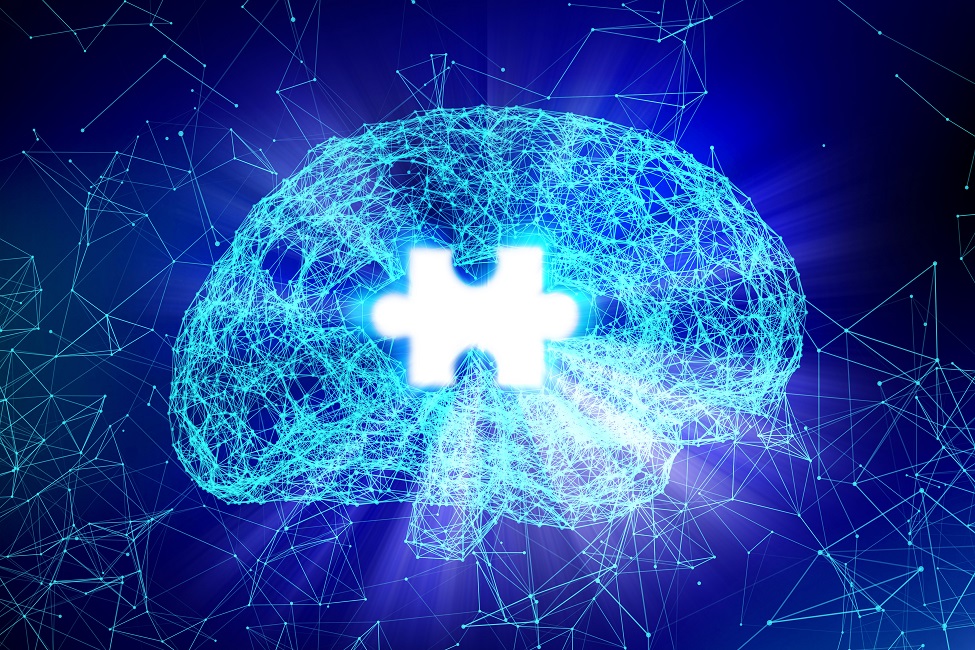
FAU’s Schmidt College of Medicine and The Harry T. Mangurian, Jr. Foundation have joined forces again to usher in a new phase of research to prevent dementia. The extension of a three-year, $3 million grant from the foundation will launch the new FAU Center for Brain Health. The grant supports precision medicine approaches to prevent dementia, which will be further strengthened by leveraging multiple patient-centered platforms through state-of-the-art transdisciplinary approaches.

A mouse study by Craig Powell, M.D., Ph.D., and colleagues suggests that early genetic rescue may be a potential therapy in autism spectrum disorder, or ASD. Powell looked at one gene called SHANK3, whose alteration is seen in about 0.5 percent of ASD patients.
Researchers at UC San Diego School of Medicine, with colleagues elsewhere, will receive almost $19 million over five years for the fourth phase of the Vietnam Era Twin Study of Aging, which investigates cognition, aging and the risk for mild cognitive impairment and Alzheimer’s disease.
A new study from the George Washington University, reports that in some critical structures of the developing brain, the inhibitory neurons cause excitation rather than suppression of brain activity. The findings, published in Science Advances, could have implications for the treatment of neonatal seizures.
Neuroscientists have discovered neurons that control hibernation-like behavior in mice, revealing for the first time the neural circuits that regulate this state. By better understanding these processes, the authors envision the possibility of one day working toward inducing torpor in humans.
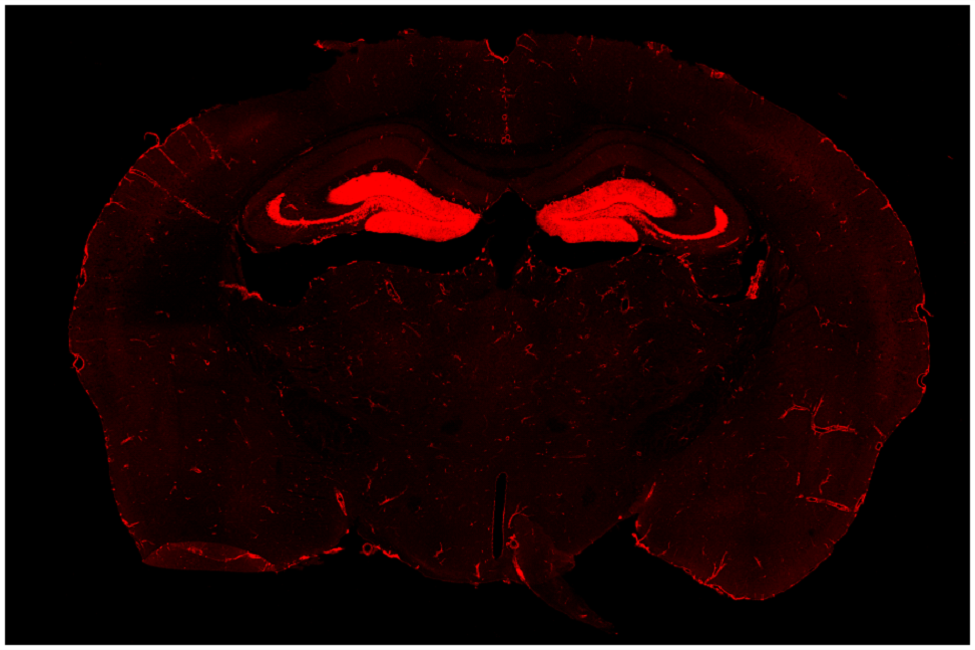
Chronic stress is associated with the pathogenesis of psychological disorders such as depression. A study is the first to identify the role of a neuronal receptor that straddles the intersection between social stress, inflammation, and anxiety in rodent models of stress. Findings suggest the possibility of developing better medications to treat the consequences of chronic stress by limiting inflammatory signaling not just generally, which may not be beneficial in the long run, but to specific brain circuits.
Article title: A novel regulator of thirst behavior: phoenixin Authors: Christopher J. Haddock, Gislaine Almeida-Pereira, Lauren M. Stein, Gina L. C. Yosten, Willis K. Samson From the authors: “These actions, together with the stimulatory action of [phoenixin] on vasopressin secretion, suggest that…
Article title: Principles of tactile search over the body Authors: Elizabeth J. Halfen, John F. Magnotti, Md. Shoaibur Rahman, Jeffrey M. Yau From the authors: “Establishing how multi-site touch is experienced and processed may be important for the study and treatment of…
A new study finds that restoring the protein SV2 in a genetic form of ALS can correct abnormalities in transmission and even prevent cells from dying, providing a new target for future therapies.
A new study shows that people with a rare genetic disease that causes bleeding in the brain have gut microbiomes distinct from those without the disease.
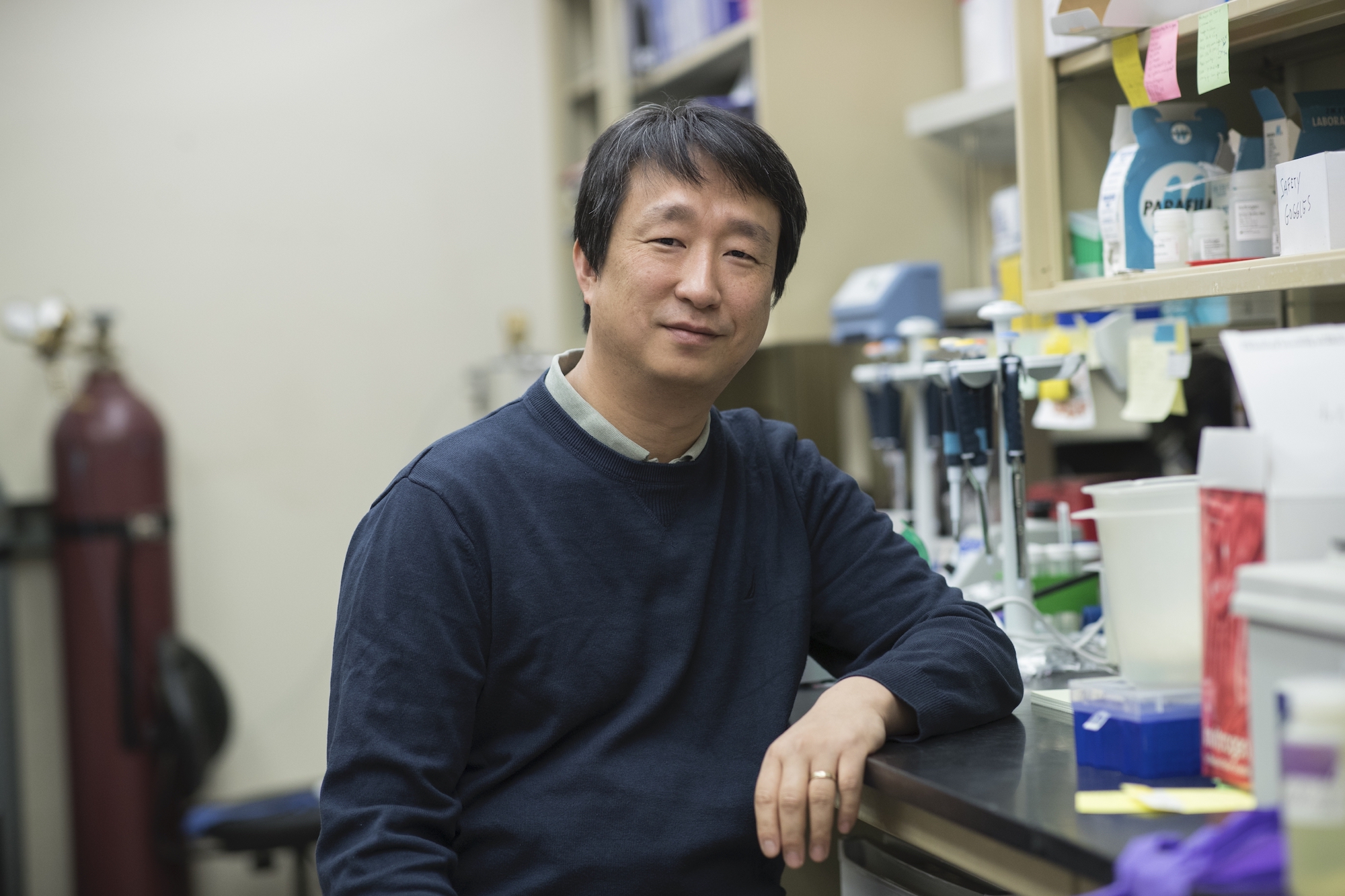
New research is shedding light on the biological architecture that lets us hear – and on a genetic disorder that causes both deafness and blindness.
Few people in the world would have understood what it meant. But when doctors diagnosed 2-year-old Yuna Lee with FOXG1 syndrome, her parents recognized the disease immediately. The rare genetic disorder explained Yuna’s seizures. It explained why Yuna hadn’t yet learned to talk. It explained why she struggled to sit up.
Comparing the brains of mice that exercised with those that did not, UC San Diego researchers found that specific neurons switched their chemical signals, called neurotransmitters, following exercise, leading to improved learning for motor-skill acquisition.
In another example of the power of the sense of smell, Prof. Noam Sobel, Dr. Anat Arzi, and colleagues have developed a “sniff test” that can help diagnose degree of brain injury in patients in a vegetative state. The test also predicted – with 100% accuracy – which patients were most likely to regain consciousness.
UAB’s Undergraduate Immunology Program, one of a handful of immunology majors available in the United States, gives students real lab experience with more than 100 faculty pursuing cutting-edge research.The entire planet, more or less, is fixated on the greatest pandemic in modern memory. Claire Elliott is already preparing for the next one.
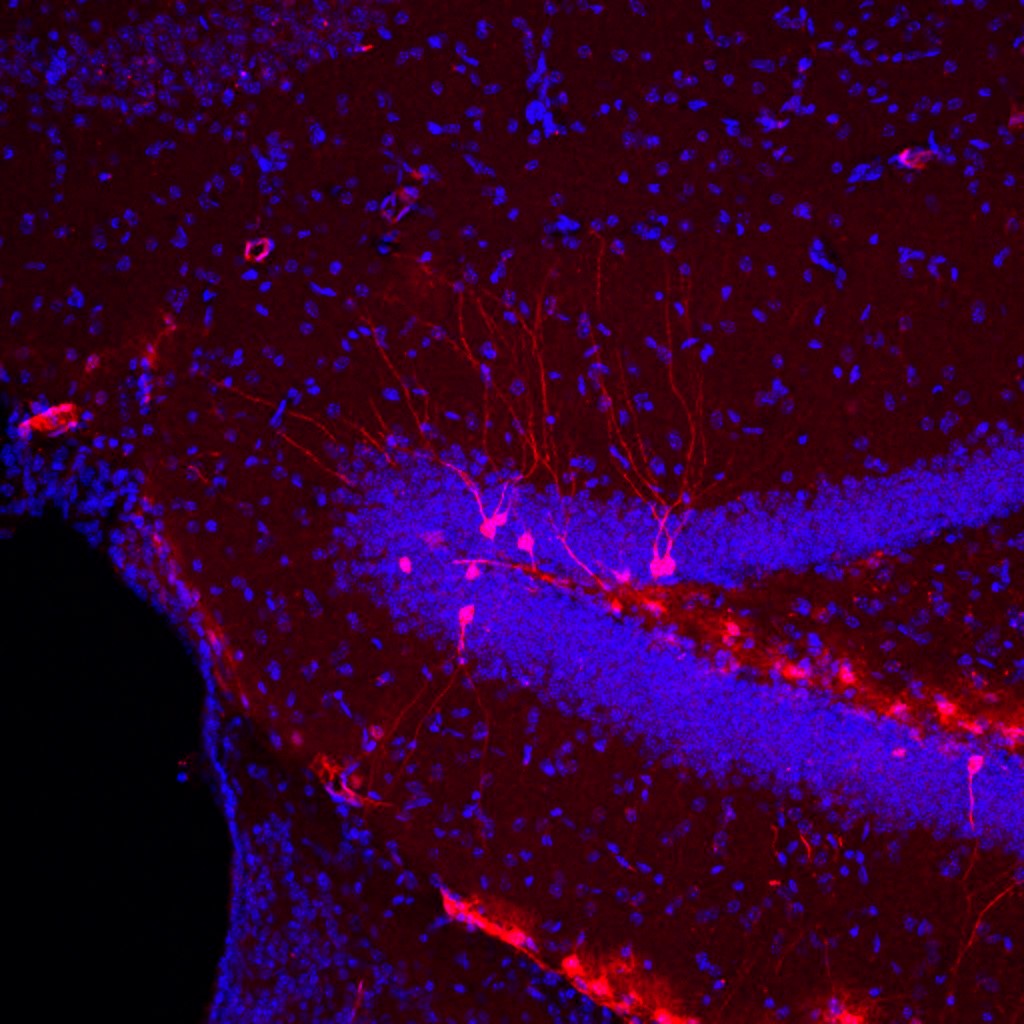
Researchers have received a $1.7 million NIH grant for a novel project that is the first to investigate how the inflammatory cytokine interleukin-1 (IL-1) influences neurotransmission through a direct action on neurons and how this action triggers behavioral changes. They will establish nIL-1R1 as a crucial link that could convert neuroinflammation to neural dysfunction, providing a new pathogenic mechanism for anxiety, depression, and cognitive dysfunction. Results from this work could suggest new targets for the treatment of psychopathology.
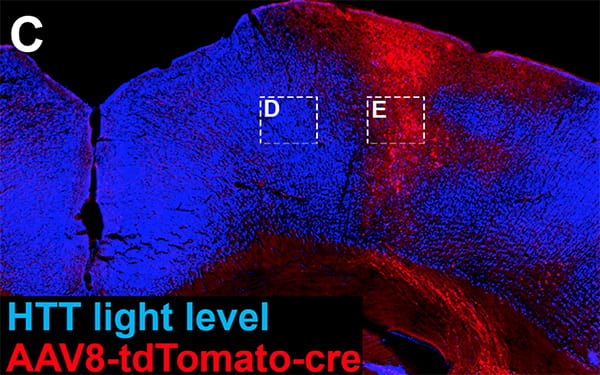
When adult brain cells are injured, they revert to an embryonic state, say researchers at UC San Diego School of Medicine. In their newly adopted immature state, the cells become capable of re-growing new connections that, under the right conditions, can help to restore lost function.

The sensation of sweetness starts on the tongue, but sugar molecules also trip sensors in the gut that directly signal the brain. This could explain why artificial sweeteners fail to satisfy the insatiable craving for sugar.
Scientists at the Icahn School of Medicine at Mount Sinai have discovered a new role for the brain chemical dopamine that is independent of classic neurotransmission. The new role appears to be critical to changes in gene expression related to chronic exposure to, or abuse of, cocaine, according to a study published Friday, April 10, in the journal Science.
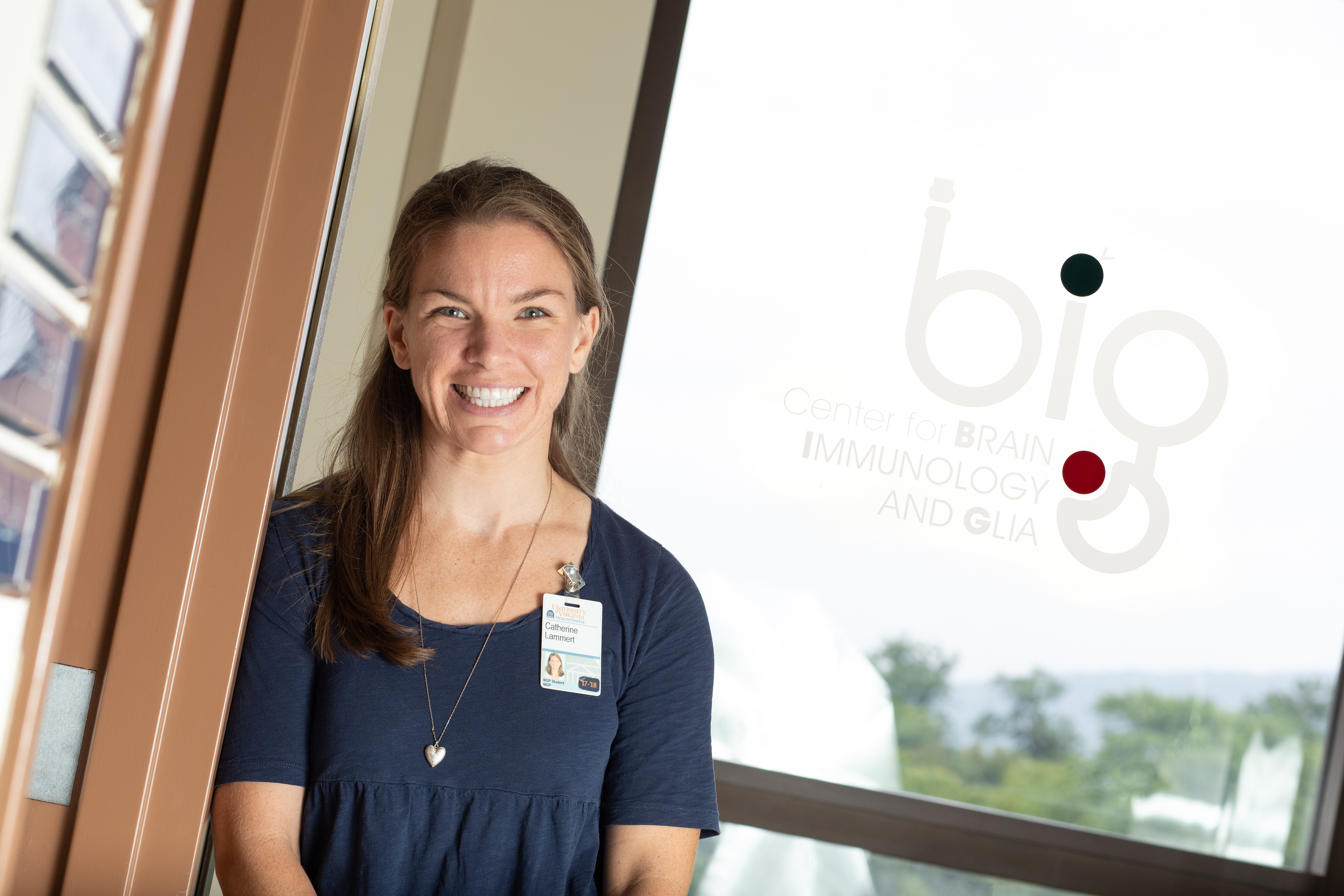
Improper removal of faulty brain cells during neurodevelopment may cause lifelong behavioral issues, new research from the University of Virginia School of Medicine suggests. The finding also could have important implications for a wide range of neurodegenerative diseases, such as Alzheimer’s and Parkinson’s.
UC San Diego researchers discovered that high blood levels of RNA produced by the PHGDH gene could serve as a biomarker for early detection of Alzheimer’s disease. The work could lead to the development of a blood test to identify individuals who will develop the disease years before they show symptoms.
Practicing social distancing is one way to slow the spread of the novel coronavirus, but practicing emotional closeness may help alleviate the anxiety that the coronavirus can provoke. Julie Brefczynski-Lewis, a research assistant professor in the West Virginia University Department…
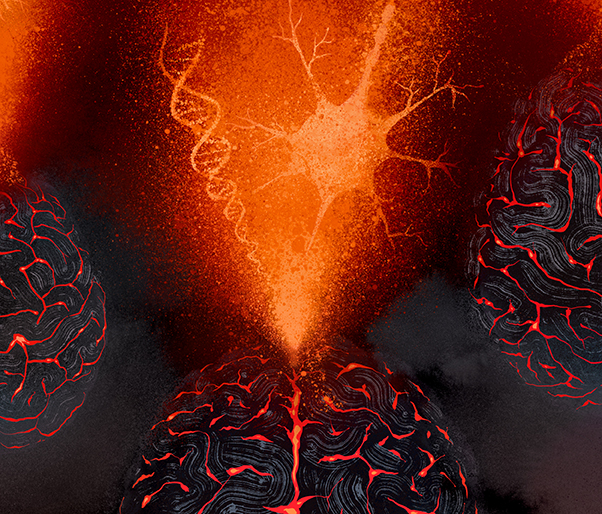
Scientists at the UNC School of Medicine and colleagues created a new computational tool called H-MAGMA to study the genetic underpinnings of nine brain disorders, including the identification of new genes associated with each disorder.
Article title: Decreased amplitude and reliability of odor-evoked responses in two mouse models of autism Authors: Matthew A. Geramita, Jing A. Wen, Matthew D. Rannals, and Nathaniel N. Urban From the authors: “Here we show that two mouse models of autism,…
BINGHAMTON, N.Y. – General anesthetic exposure during adolescence may be an environmental risk factor contributing to an enhanced susceptibility to developing alcohol use disorders, according to researchers at Binghamton University, State University of New York. Adolescent alcohol abuse can lead…
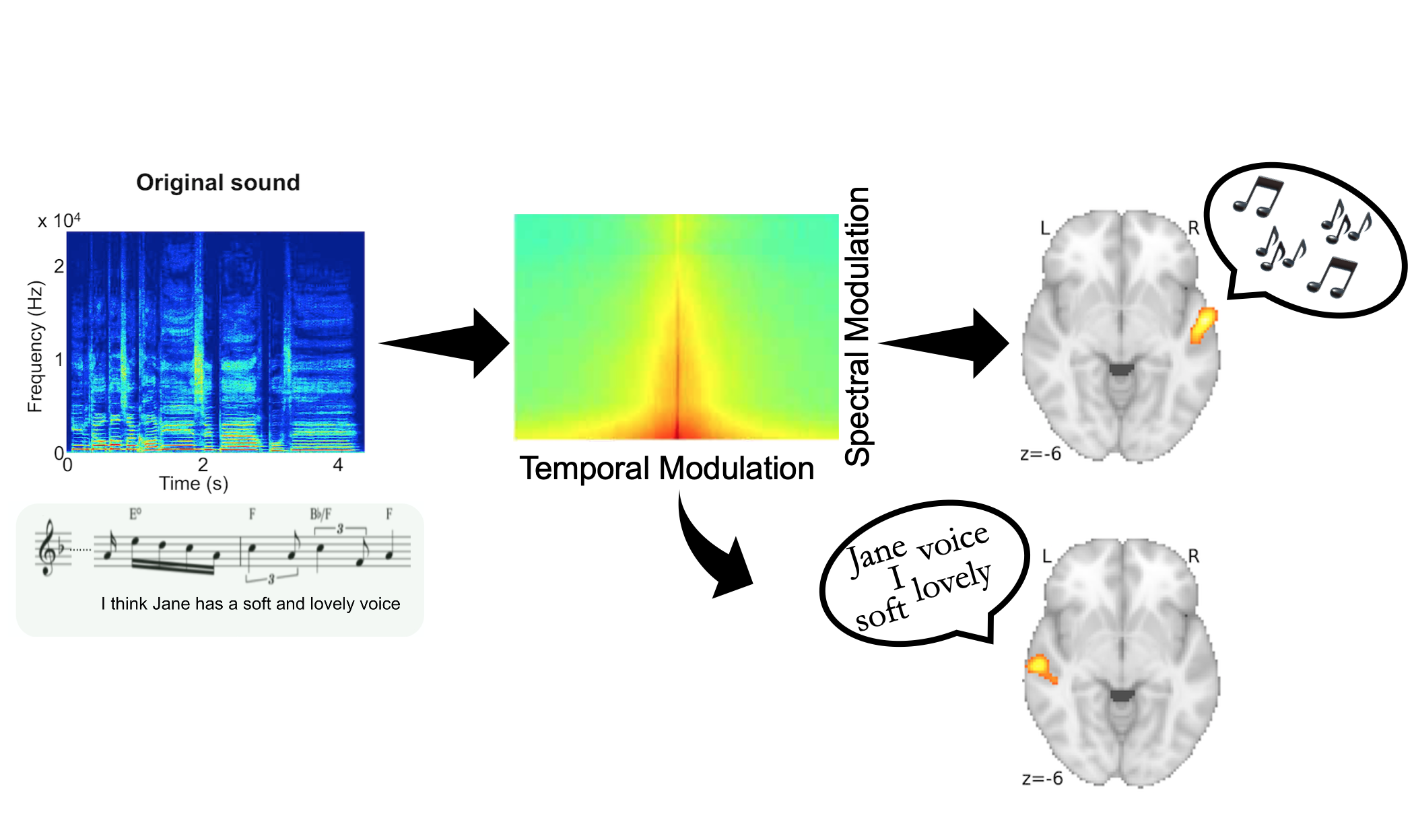
Speech and music are two fundamentally human activities that are decoded in different brain hemispheres. A new study used a unique approach to reveal why this specialization exists.

New research by University of Wisconsin–Madison scientists reveals how a cellular filament helps neural stem cells clear damaged and clumped proteins, an important step in eventually producing new neurons.

Cognitive processing in people with intellectual disability can now be accurately assessed thanks to UC Davis Health researchers who updated and validated series of tests, part of the NIH Toolbox Cognitive Battery.
TMS shows promise in treating a broad range of neurological disorders, including stroke, dementia and migraines
Few studies have examined how the neighborhood’s physical environment relates to cognition in older adults. Researchers categorized 4,716 individuals by apolipoprotein E (APOE) genotype – a genetic risk factor for Alzheimer’s disease (AD) to determine if there are cognitive benefits of living in neighborhoods with greater access to social, walking and retail destinations. Results showed that the positive influence of neighborhood environments on cognition are strongest among those who are at the lowest risk for AD, specifically APOE ε2 carriers.
Ever wonder how mice talk to each other? We don’t have a dictionary quite yet, but UD neuroscientist Josh Neunuebel and his lab have linked the ultrasonic vocalizations made by mice with specific behaviors. It’s a significant advance of our understanding of communication science.
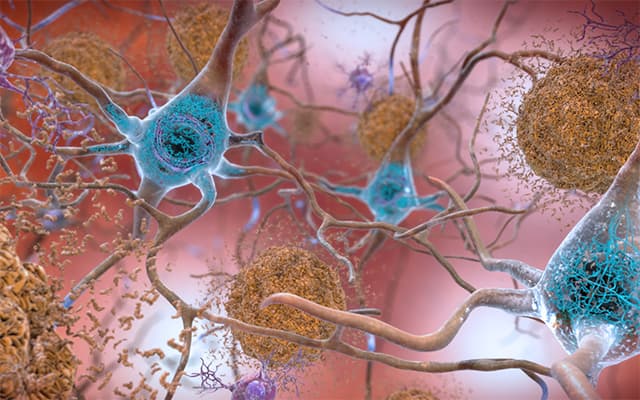
Researchers at UC San Diego School of Medicine report that abnormal levels of beta-amyloid plaques in brain predict cognitive decline and higher risk of developing Alzheimer’s disease, but also that cognitive performance predicts progression from normal to abnormal levels of beta-amyloid.
Researchers trained machine learning algorithms on data from more than 62,000 patients with a meningioma. Their goal was to find statistical associations between malignancy, survival, and a series of basic clinical variables including tumour size, tumour location, and surgical procedure.
Des chercheurs ont entraîné des algorithmes d’apprentissage automatique à partir des données de plus de 62 000 patients ayant un méningiome. L’objectif était de déceler des associations statistiques entre la malignité, le temps de survie et d’autres variables cliniques de base telles que la taille de la tumeur, son emplacement et la nature de l’intervention chirurgicale effectuée.
How and where receptors touch at the surface of a cell may influence the strength of neuronal connections and contribute to identifying better medical interventions for pain, cancer other diseases.
A UCLA-led study has found that levels of six proteins in the blood can be used to gauge a person’s risk for cerebral small vessel disease, or CSVD, a brain disease that affects an estimated 11 million older adults in the U.S.
The promise of flickering light to treat Alzheimer’s takes another step forward in this new study, which reveals stark biochemical mechanisms: The 40 Hertz stimulation triggers a marked release of signaling chemicals.
Evaluating the effectiveness of therapies for neurodegenerative diseases is often difficult because each patient’s progression is different. A new study shows artificial intelligence (AI) analysis of blood samples can predict and explain disease progression, which could one day help doctors choose more appropriate and effective treatments for patients.
Annual Distinguished Scholar Award Aims to Break Down Barriers to Equity in Medical Research
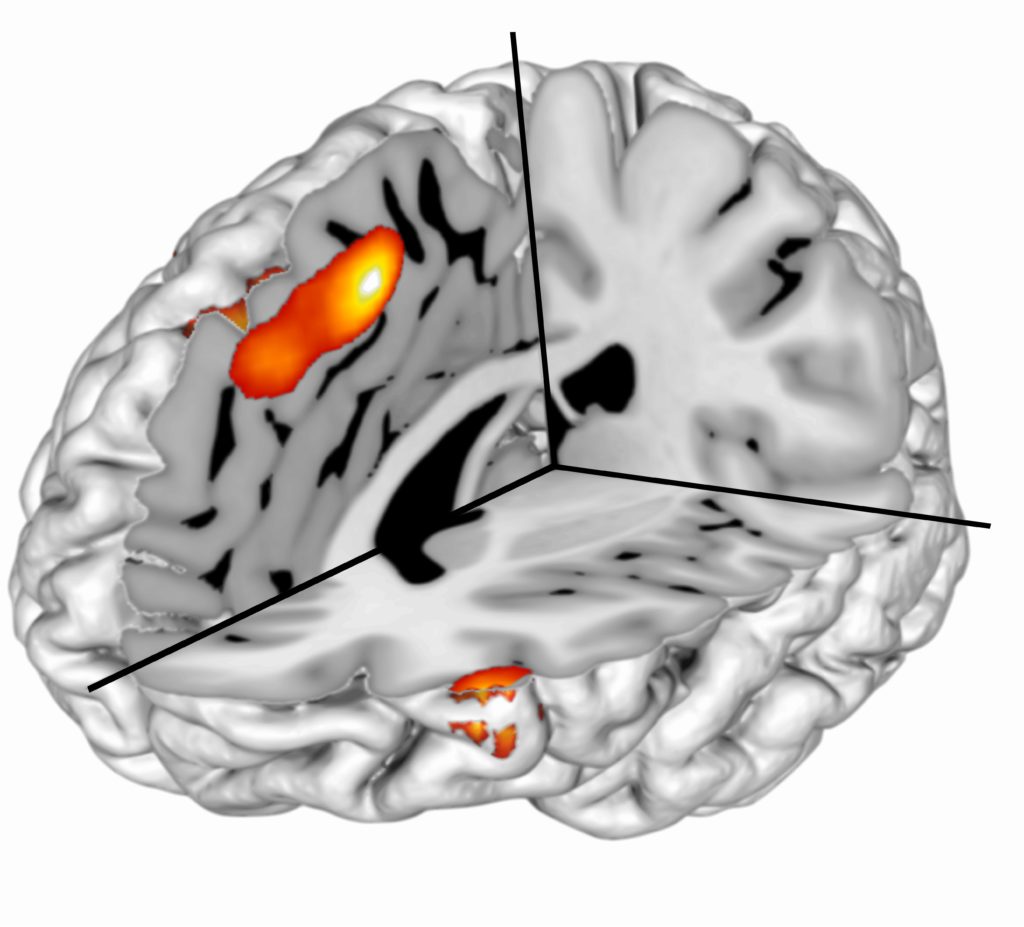
To better understand how motivational control processes help maximize performance when faced with task challenges, researchers used functional magnetic resonance imaging (fMRI) and provide fascinating insights into the role of the dorsal anterior cingulate cortex (dACC) as a component network of brain regions that support motivated behavior. They have unified conflicting findings by discovering that the single mechanism of surprise best accounts for activity in dACC during a task requiring motivated control.
New research by the University of Kentucky’s College of Medicine reveals that supplementing the body’s short chain fatty acids could improve stroke recovery.